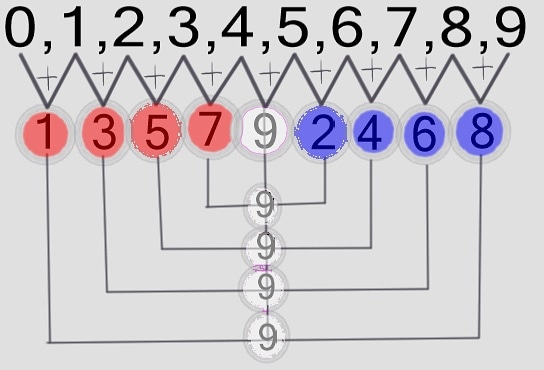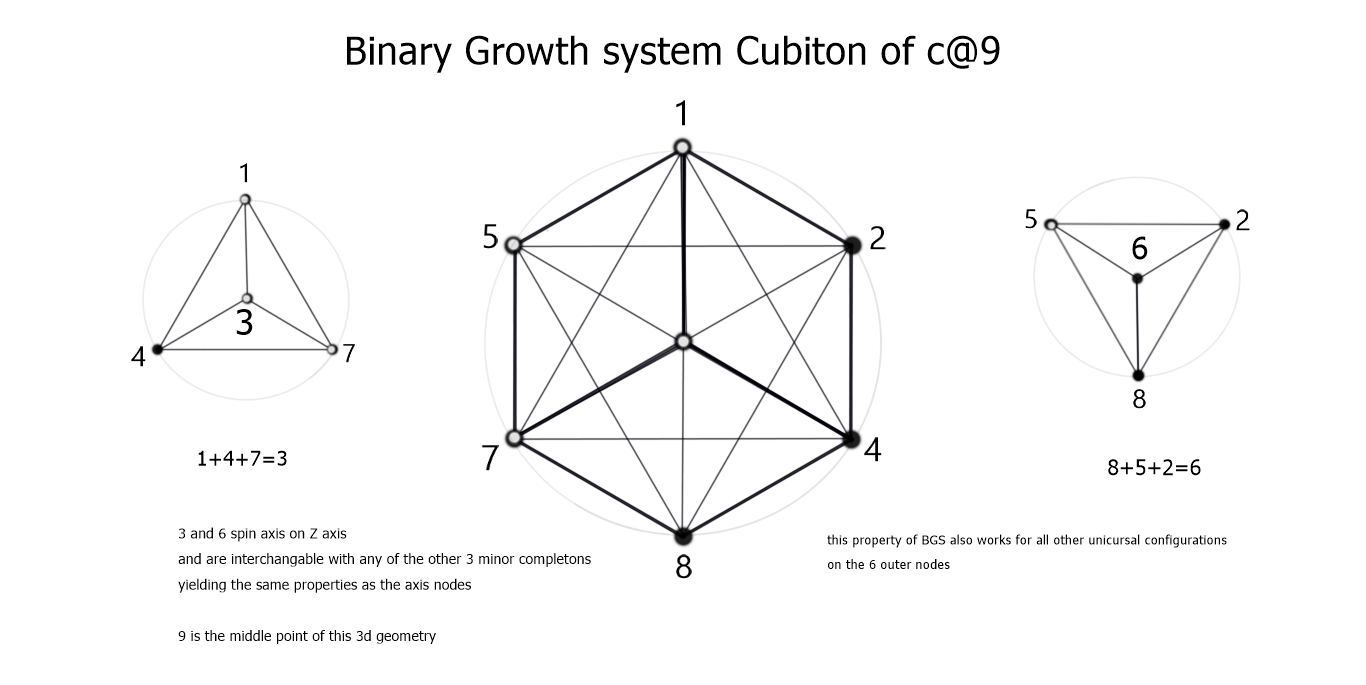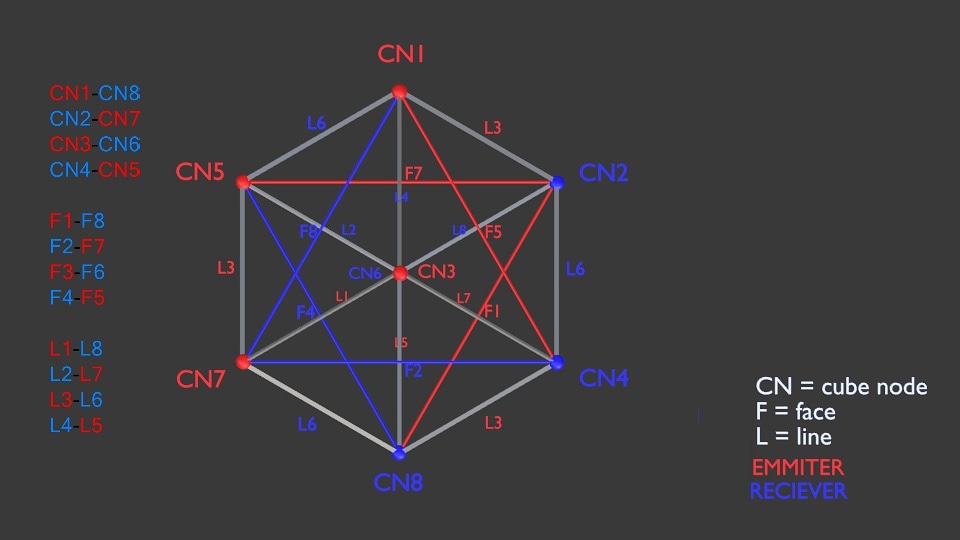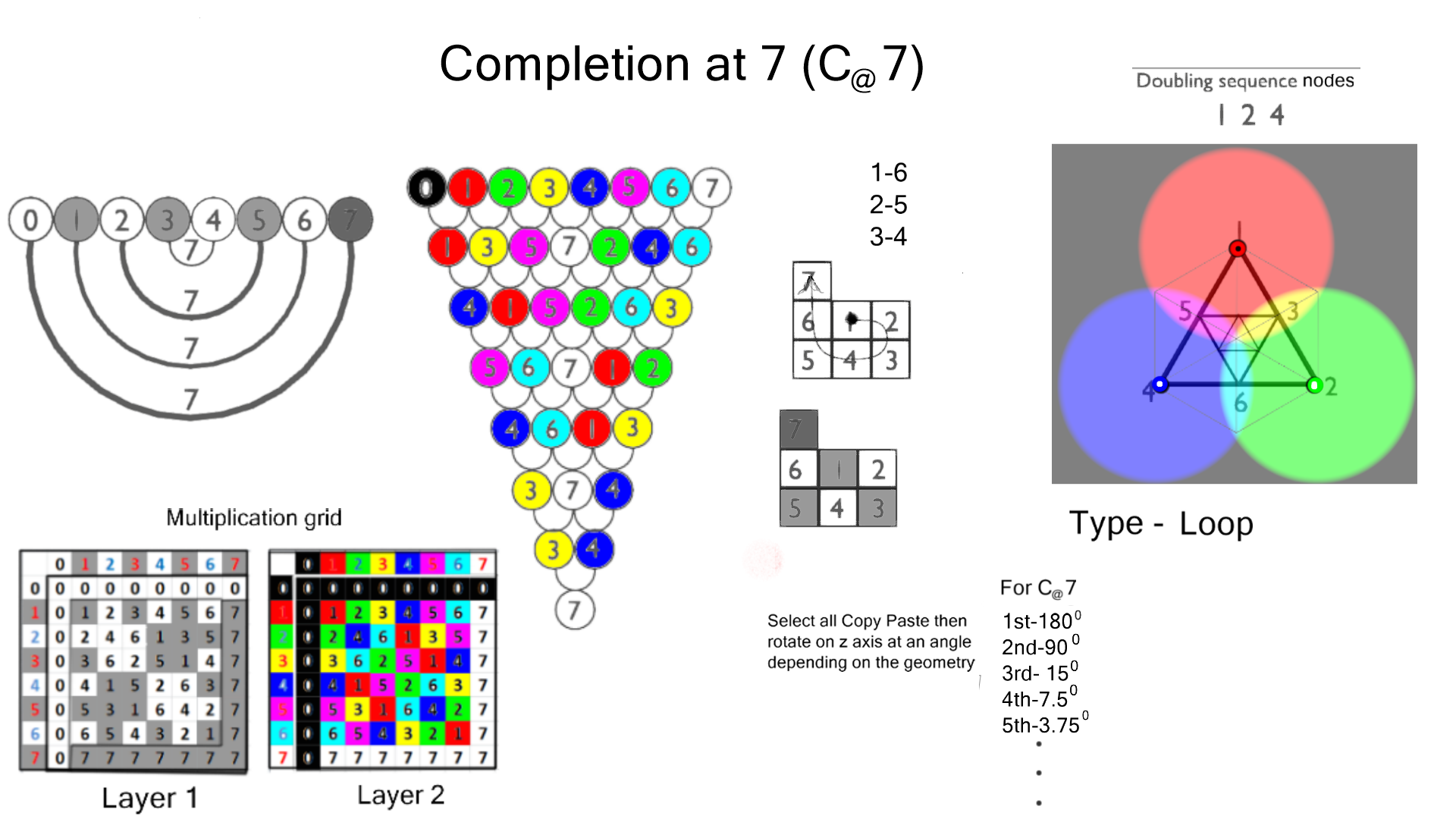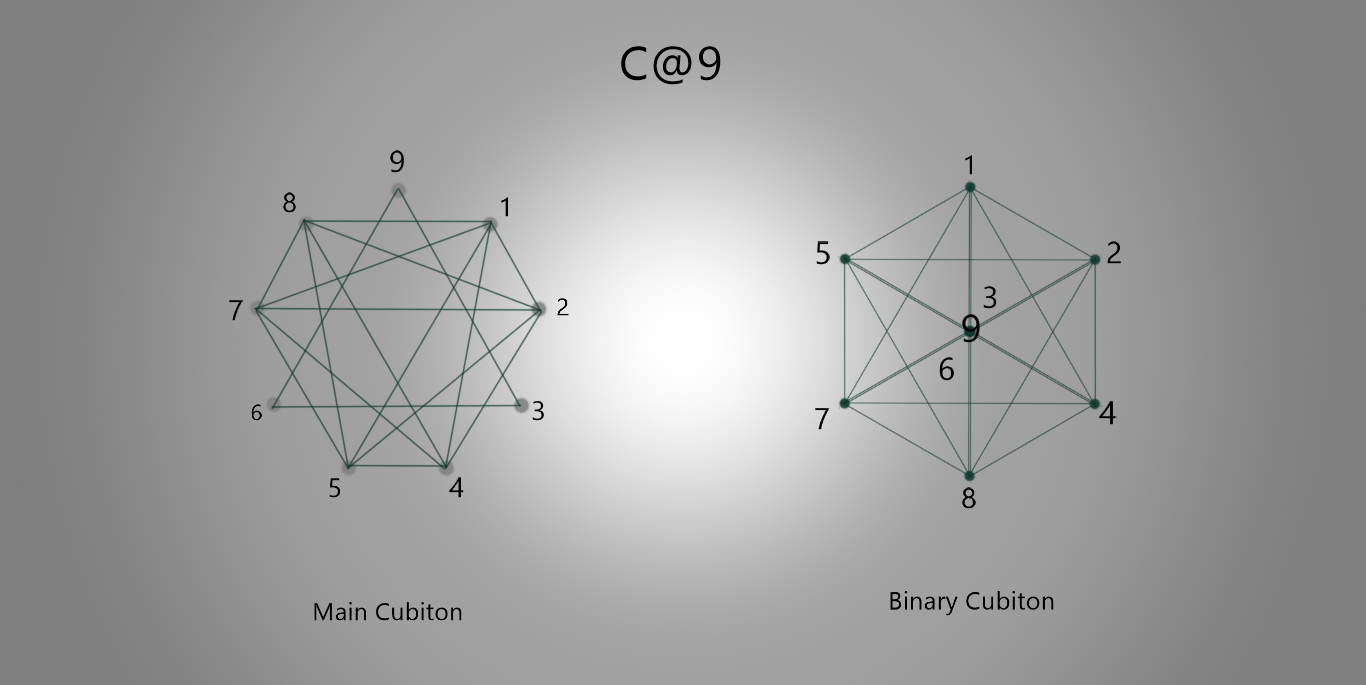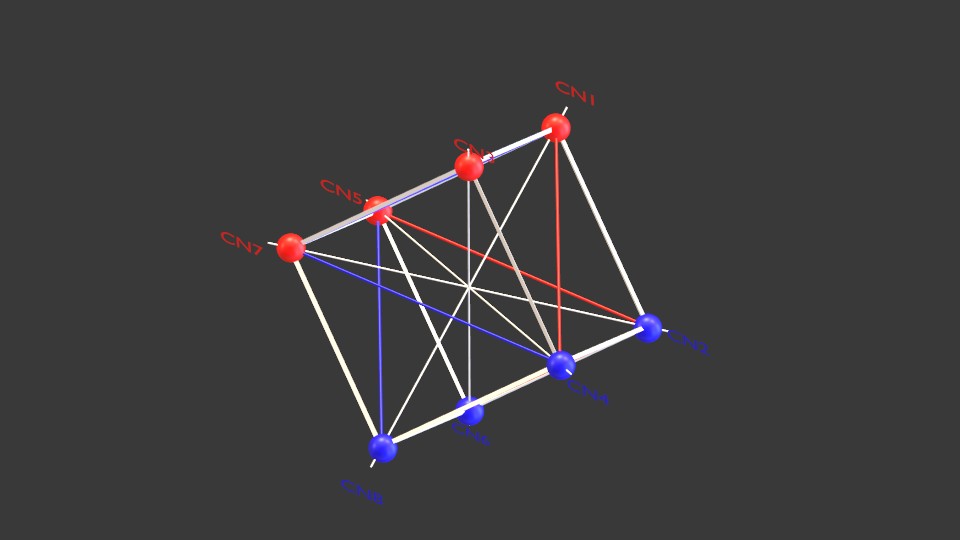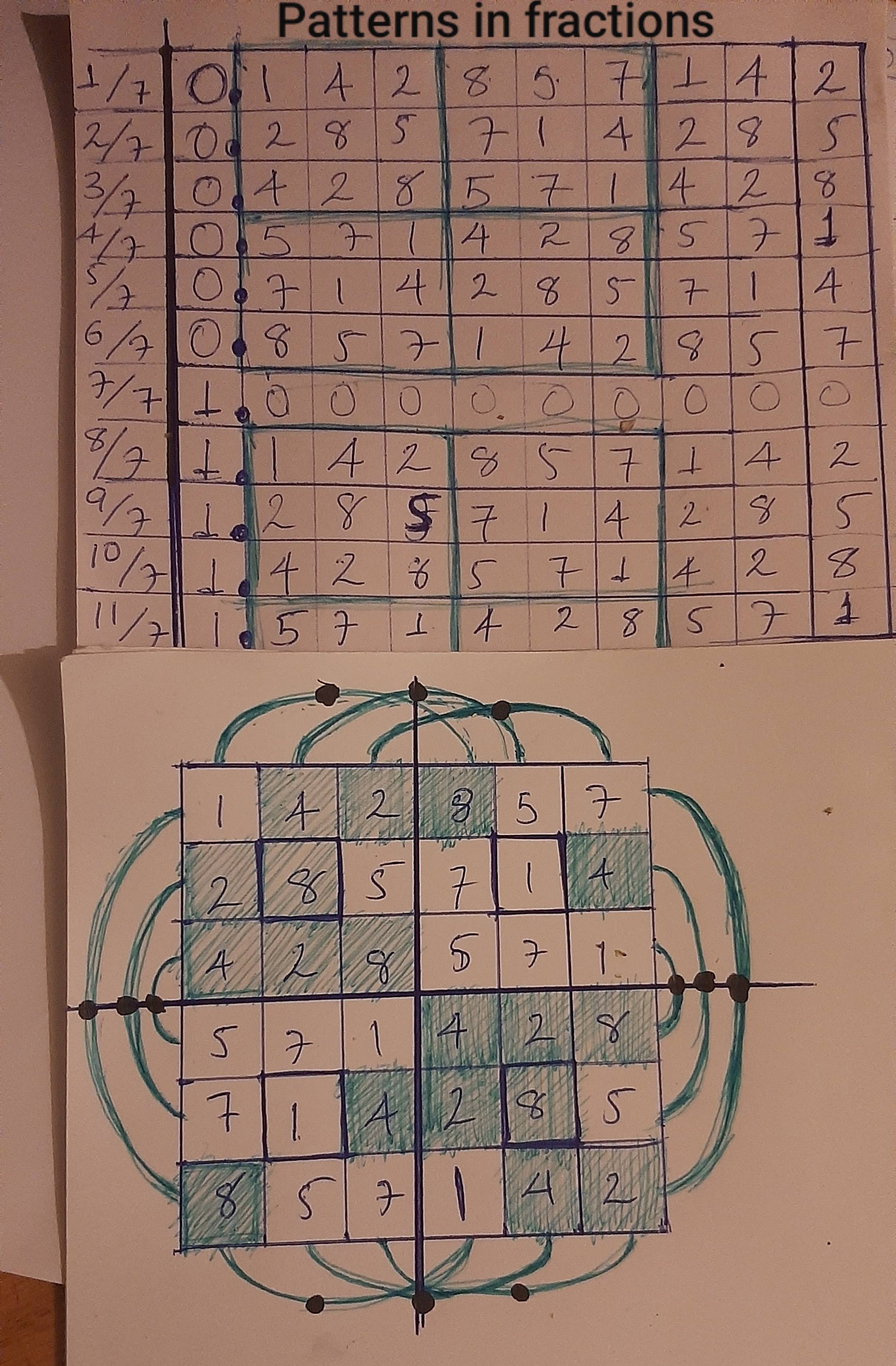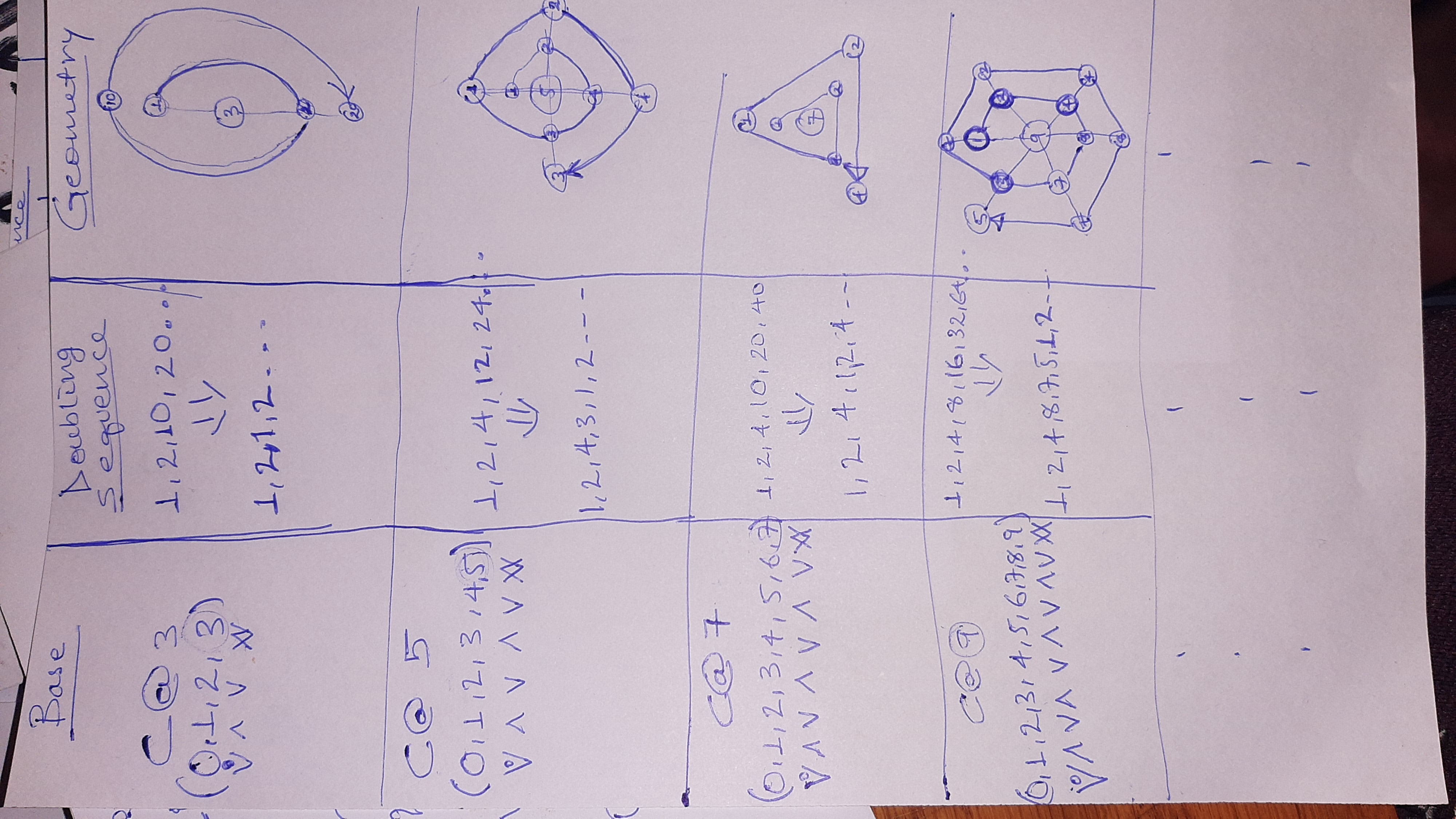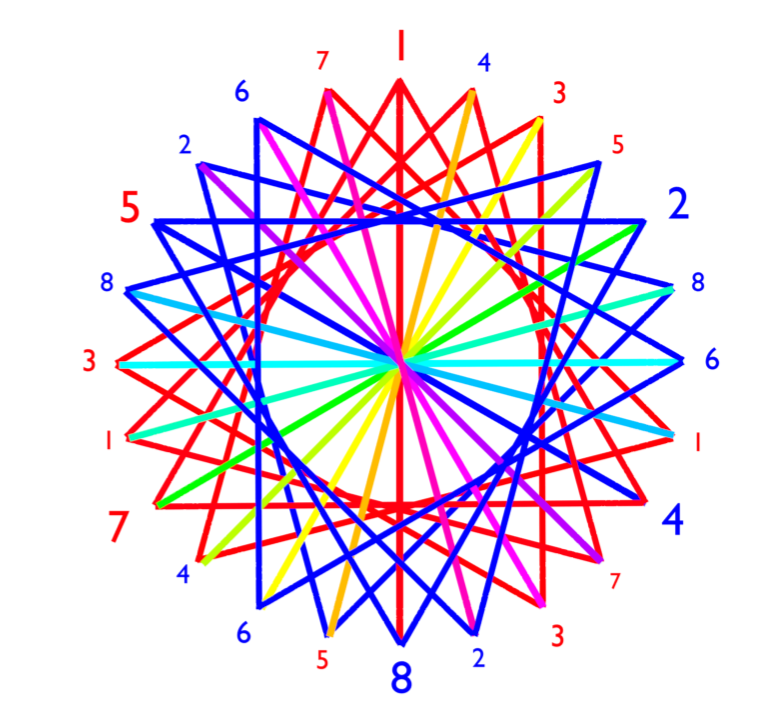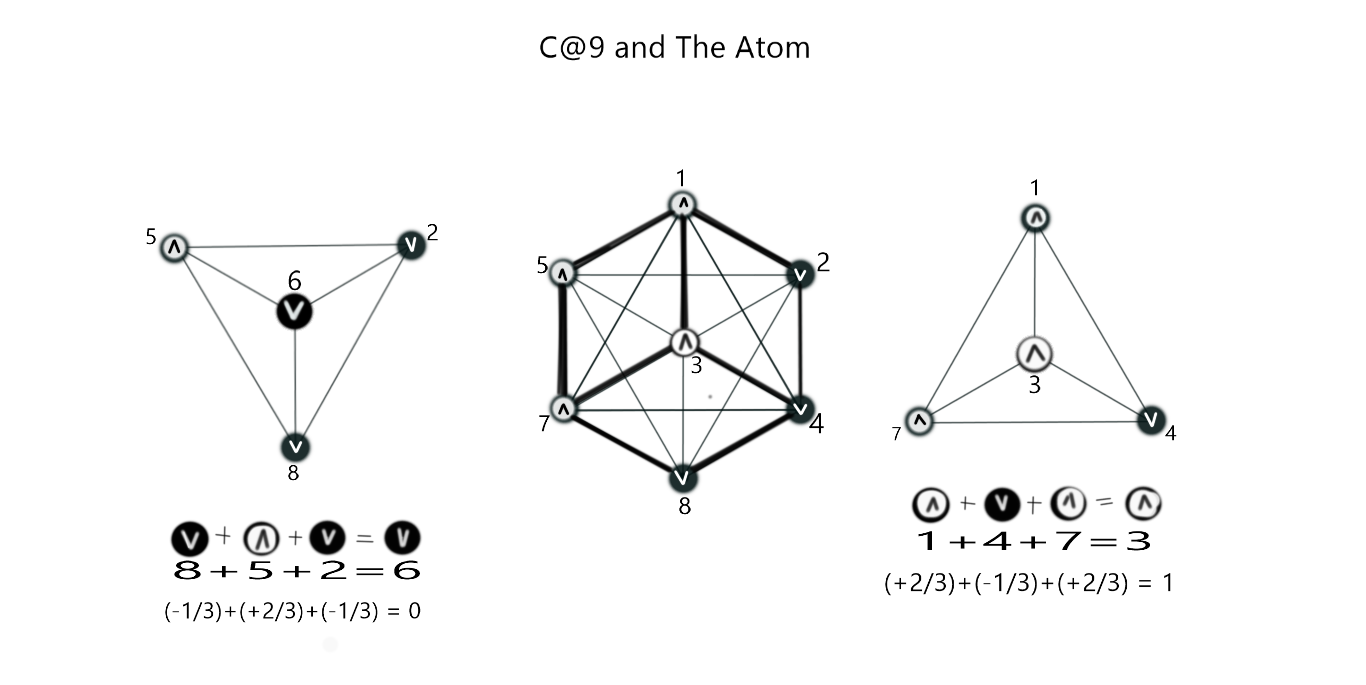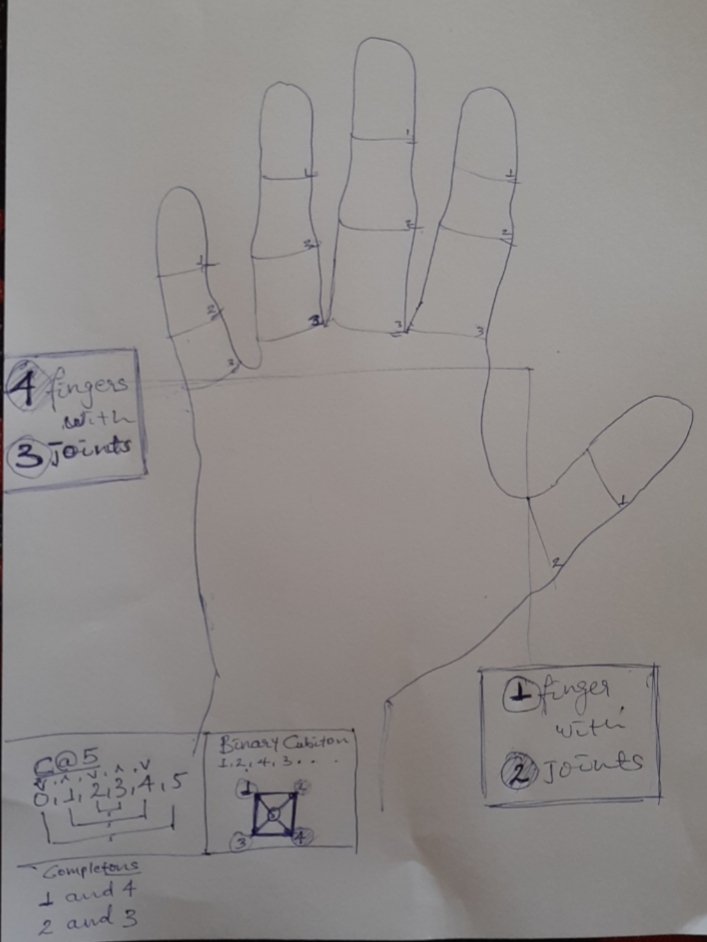It looks like you're using an Ad Blocker.
Please white-list or disable AboveTopSecret.com in your ad-blocking tool.
Thank you.
Some features of ATS will be disabled while you continue to use an ad-blocker.
share:
Hi,long time lurker here I have some discoveries that I would like to share and discuss here on ATS. Even though english is not my native language
I'll try to explain what I know the best way I can.
Ok, what we have been thought in school about numbers and their properties is incomplete.
*Numbers just like everything that manifests in our reality have polar properties.
*There are two types of numbers . Emitters and Recievers.(1 and 0)
*completons are two numbers within a completion system that add up to make the completion.
*every completion system has diffrent geometry and property
*there are 3 kinds of binary cubitons(loop,shooter&catcher)
Cubiton-basic geometrical system of numbers
Binary cubiton- Growth/manifestation geometrical
system
Example-
For c@9(completion at 9) base 10
Emitters-1,3,5,7
Recievers-2,4,6,8
Completons-1and8,
2and7,
3and6,
4and5
Higher(base)completons -0and9
Binary cubiton- a 3d cube with nodes 1,2,4,8,7,5 on x,y and 3 and 6 on z axis and 9 in the origin
C@7/base8 and human vision
0,1,2,3,4,5,6,7
Where 0 is black or absence of light
And 7 is white presence of all visible light
Binary cubiton- a 2d triangle with nodes 1,2,4 interchanchangable with R,G,B
1+2=3 R+G=Y
2+4=6 G+B=Cy
4+1=5 B+R=V
Now we have all the completons adding up to make 7
1and 6 (Red and Cyan)
2 and 5(Green and violet)
3 and 4(yellow and Blue)
0 and 7 (black and white)
(Note-when you invert a number or color you get its completon)
C@5 and the human body
I'll add alot more as the conversation goes
Ok, what we have been thought in school about numbers and their properties is incomplete.
*Numbers just like everything that manifests in our reality have polar properties.
*There are two types of numbers . Emitters and Recievers.(1 and 0)
*completons are two numbers within a completion system that add up to make the completion.
*every completion system has diffrent geometry and property
*there are 3 kinds of binary cubitons(loop,shooter&catcher)
Cubiton-basic geometrical system of numbers
Binary cubiton- Growth/manifestation geometrical
system
Example-
For c@9(completion at 9) base 10
Emitters-1,3,5,7
Recievers-2,4,6,8
Completons-1and8,
2and7,
3and6,
4and5
Higher(base)completons -0and9
Binary cubiton- a 3d cube with nodes 1,2,4,8,7,5 on x,y and 3 and 6 on z axis and 9 in the origin
C@7/base8 and human vision
0,1,2,3,4,5,6,7
Where 0 is black or absence of light
And 7 is white presence of all visible light
Binary cubiton- a 2d triangle with nodes 1,2,4 interchanchangable with R,G,B
1+2=3 R+G=Y
2+4=6 G+B=Cy
4+1=5 B+R=V
Now we have all the completons adding up to make 7
1and 6 (Red and Cyan)
2 and 5(Green and violet)
3 and 4(yellow and Blue)
0 and 7 (black and white)
(Note-when you invert a number or color you get its completon)
C@5 and the human body
I'll add alot more as the conversation goes
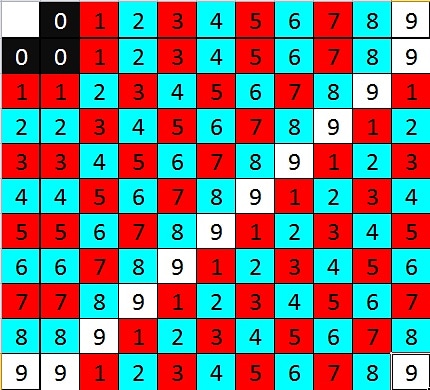
Addition grid of C@9

When you connect all the numbers that are the same
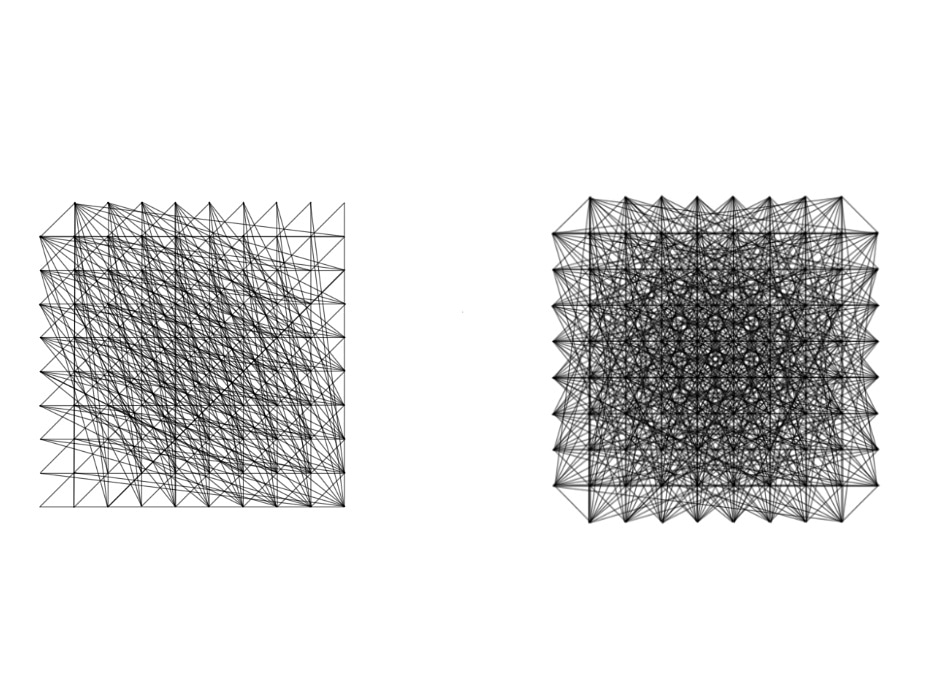
When you overlay all of the connections
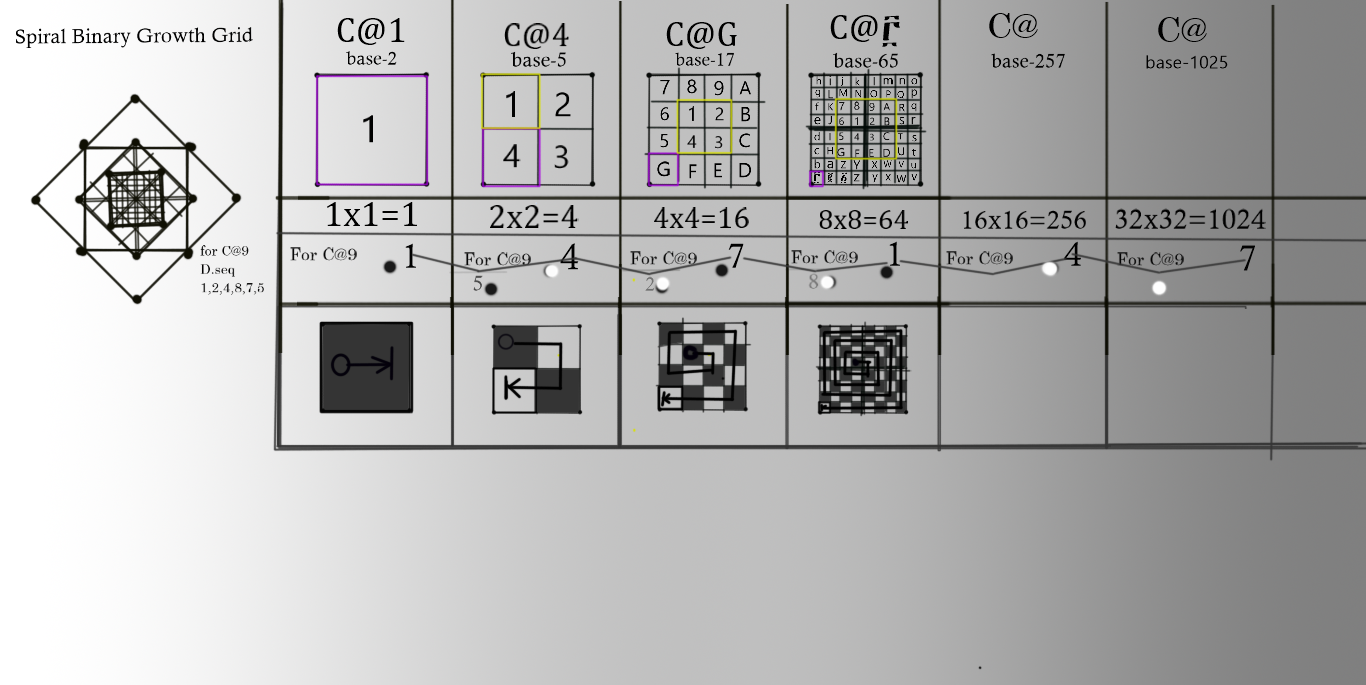
Note-dont forget that a grid is a c@5 system
edit on 20-8-2020 by Ahadu because: (no reason given)
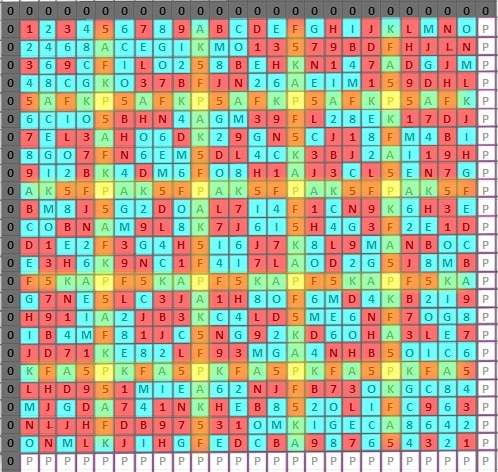
Multiplication grid of C@P(base26)
edit on 20-8-2020 by Ahadu because: (no reason given)

Multiplication grid of C@a /base 37
* there are two types of completion systems emitter and reciever
Difference- in Emitter Completion system the completons are one of each type of polarity
-In reciever system the completons are of the same polarity
edit on 20-8-2020 by Ahadu because: (no reason given)
a reply to: Ahadu
I actually like turning visual colors into a base 8 representation. Though my mind wants blue to be #3, it only works if blue is #4. Cool coincidence anyway.
But the numbers/colors lining up fall apart when you expand past a sum greater than 7 because you're in base 8.
K= black = 0, 1K = 10, 2K = 20
R = red = 1, 1R = 11
G = green = 2, 1G = 12
Y = yellow = 3, 1Y = 13
B = blue = 4, 1B = 14
M = magenta = 5, 1M = 15
C = cyan = 6, 1C = 16
W = white = 7, 1W = 17
(Can't get spacing right, pretend it lines up)
+ K R G Y B M C W
K K R G Y B M C W
R R G Y B M C W 1K
G G Y B M C W 1K 1R
Y Y B M C W 1K 1R 1G
B B M C W 1K 1R 1G 1Y
M M C W 1K 1R 1G 1Y 1B
C C W 1K 1R 1G 1Y 1B 1M
W W 1K 1R 1G 1Y 1B 1M 1C
1 + 4 = 5 or Red + Blue = Magenta
2 + 4 = 6 or Green + Blue = Cyan
3 + 4 = 7 or Yellow + Blue = White
[(2 + 1) + 4 = 7 or (Red + Green) + Blue = White]
Then....
5 + 7 = 14 or Magenta + White = 1Blue
7 + 7 = 16 or White + White = 1cyan
As a diagram:
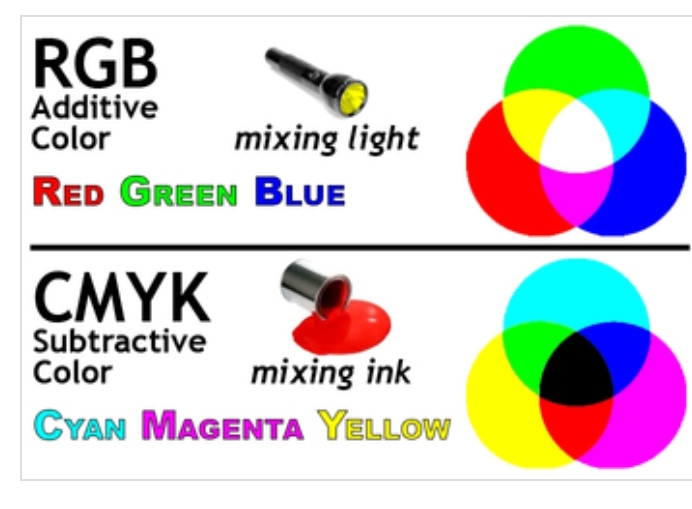
The Base 26 one throws me off, for not being in typical hexadecimal style addition.
Here (Base 16 Multiplication table):
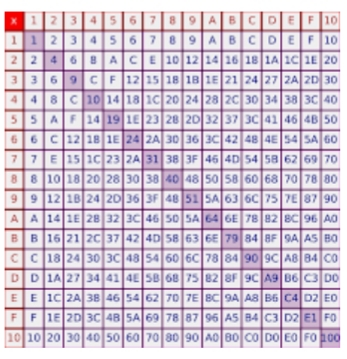
Where you have [E + 9 = 1 or M + I = L] base 26 counting has [E + 9 = N, M + I = 1E]
With the Base 26 grid being diagonally striped like any other addition table. This because you still lens it though base 10.
The design in the grid is a result of repeating integers, no matter the base.
Still really cool stuff nonetheless. I am a fan of number patterns too.
I actually like turning visual colors into a base 8 representation. Though my mind wants blue to be #3, it only works if blue is #4. Cool coincidence anyway.
But the numbers/colors lining up fall apart when you expand past a sum greater than 7 because you're in base 8.
K= black = 0, 1K = 10, 2K = 20
R = red = 1, 1R = 11
G = green = 2, 1G = 12
Y = yellow = 3, 1Y = 13
B = blue = 4, 1B = 14
M = magenta = 5, 1M = 15
C = cyan = 6, 1C = 16
W = white = 7, 1W = 17
(Can't get spacing right, pretend it lines up)
+ K R G Y B M C W
K K R G Y B M C W
R R G Y B M C W 1K
G G Y B M C W 1K 1R
Y Y B M C W 1K 1R 1G
B B M C W 1K 1R 1G 1Y
M M C W 1K 1R 1G 1Y 1B
C C W 1K 1R 1G 1Y 1B 1M
W W 1K 1R 1G 1Y 1B 1M 1C
1 + 4 = 5 or Red + Blue = Magenta
2 + 4 = 6 or Green + Blue = Cyan
3 + 4 = 7 or Yellow + Blue = White
[(2 + 1) + 4 = 7 or (Red + Green) + Blue = White]
Then....
5 + 7 = 14 or Magenta + White = 1Blue
7 + 7 = 16 or White + White = 1cyan
As a diagram:

The Base 26 one throws me off, for not being in typical hexadecimal style addition.
Here (Base 16 Multiplication table):

Where you have [E + 9 = 1 or M + I = L] base 26 counting has [E + 9 = N, M + I = 1E]
With the Base 26 grid being diagonally striped like any other addition table. This because you still lens it though base 10.
The design in the grid is a result of repeating integers, no matter the base.
Still really cool stuff nonetheless. I am a fan of number patterns too.
edit on 20-8-2020 by Degradation33 because: (no reason given)
a reply to: Degradation33
Sorry, timed out.
The "patterns in fractions" is "patterns in fractions of prime numbers".
Example:
1/17 = 0.0588235294
2/17 = 0.1176470588
3/17 = 0.1764705882
4/17 = 0.2352941176
6/19 = 0.3157894736
7/19 = 0.3684210526
8/19 = 0.4210526316
9/19 = 0.4736842105
And you are on to something, you just took.some liberties with you base count tables:
Here is a correct Base 8 multiplication table color coded.
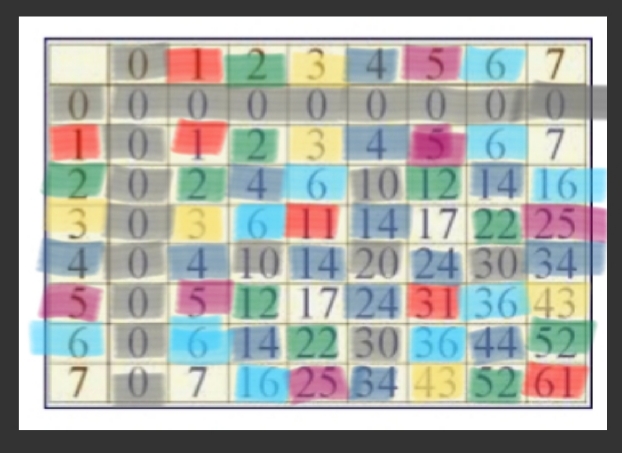
Still a noticeable and symmetrical pattern, as it will always be in any number counting system used.
Correction
Where you have [E × 9 = 1 or M × I = L] base 26 counting has [E × 9 = 4M, M × I = F6]
Sorry, timed out.
The "patterns in fractions" is "patterns in fractions of prime numbers".
Example:
1/17 = 0.0588235294
2/17 = 0.1176470588
3/17 = 0.1764705882
4/17 = 0.2352941176
6/19 = 0.3157894736
7/19 = 0.3684210526
8/19 = 0.4210526316
9/19 = 0.4736842105
And you are on to something, you just took.some liberties with you base count tables:
Here is a correct Base 8 multiplication table color coded.

Still a noticeable and symmetrical pattern, as it will always be in any number counting system used.
Correction
Where you have [E + 9 = 1 or M + I = L] base 26 counting has [E + 9 = N, M + I = 1E]
Where you have [E × 9 = 1 or M × I = L] base 26 counting has [E × 9 = 4M, M × I = F6]
edit on 20-8-2020 by Degradation33 because: (no
reason given)
originally posted by: Degradation33
a reply to: Ahadu
I actually like turning visual colors into a base 8 representation. Though my mind wants blue to be #3, it only works if blue is #4. Cool coincidence anyway.
But the numbers/colors lining up fall apart when you expand past a sum greater than 7 because you're in base 8.
K= black = 0, 1K = 10, 2K = 20
R = red = 1, 1R = 11
G = green = 2, 1G = 12
Y = yellow = 3, 1Y = 13
B = blue = 4, 1B = 14
M = magenta = 5, 1M = 15
C = cyan = 6, 1C = 16
W = white = 7, 1W = 17
(Can't get spacing right, pretend it lines up)
+ K R G Y B M C W
K K R G Y B M C W
R R G Y B M C W 1K
G G Y B M C W 1K 1R
Y Y B M C W 1K 1R 1G
B B M C W 1K 1R 1G 1Y
M M C W 1K 1R 1G 1Y 1B
C C W 1K 1R 1G 1Y 1B 1M
W W 1K 1R 1G 1Y 1B 1M 1C
1 + 4 = 5 or Red + Blue = Magenta
2 + 4 = 6 or Green + Blue = Cyan
3 + 4 = 7 or Yellow + Blue = White
[(2 + 1) + 4 = 7 or (Red + Green) + Blue = White]
Then....
5 + 7 = 14 or Magenta + White = 1Blue
7 + 7 = 16 or White + White = 1cyan
As a diagram:
The Base 26 one throws me off, for not being in typical hexadecimal style addition.
Here (Base 16 Multiplication table):
Where you have [E + 9 = 1 or M + I = L] base 26 counting has [E + 9 = N, M + I = 1E]
With the Base 26 grid being diagonally striped like any other addition table. This because you still lens it though base 10.
The design in the grid is a result of repeating integers, no matter the base.
Still really cool stuff nonetheless. I am a fan of number patterns too.
You are awesome my friend 😀👍 but
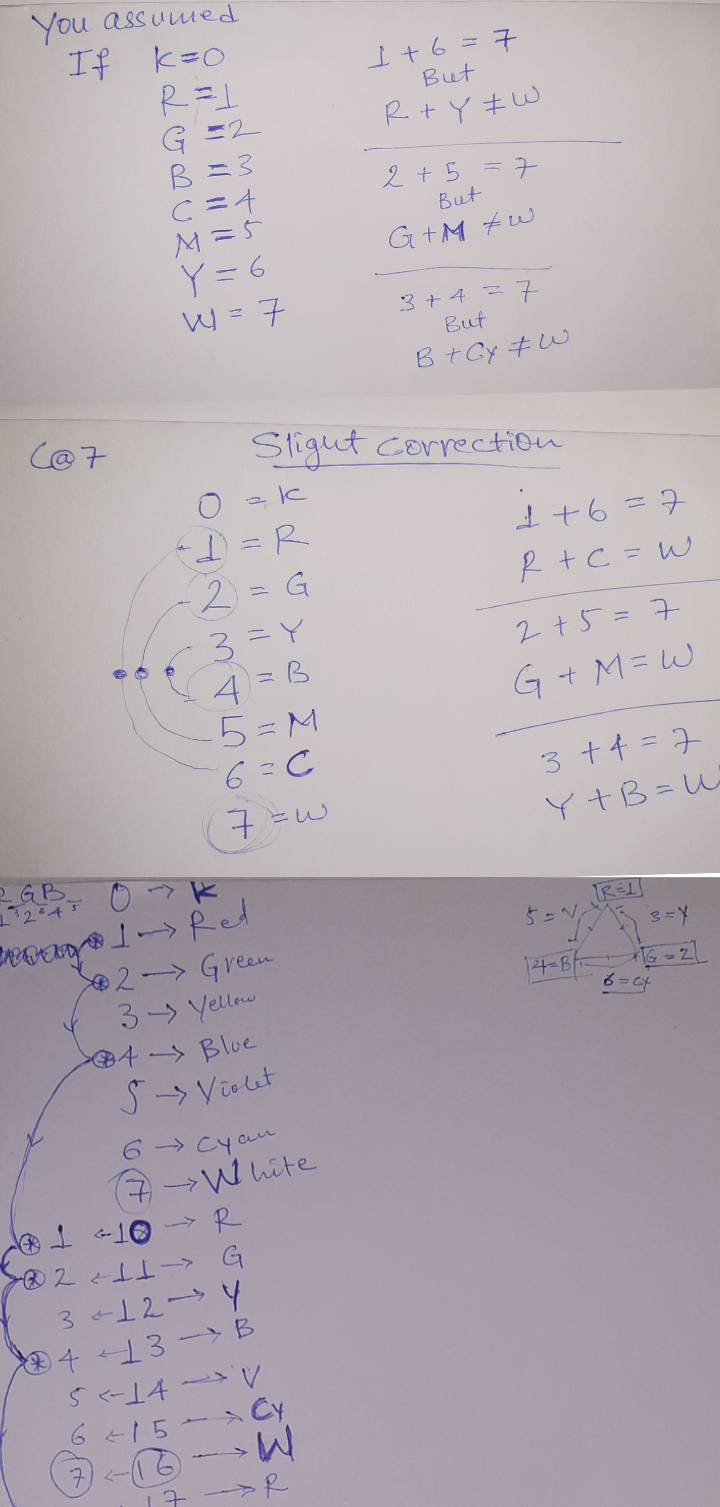
a reply to: Degradation33
Multiplication grids of completion systems
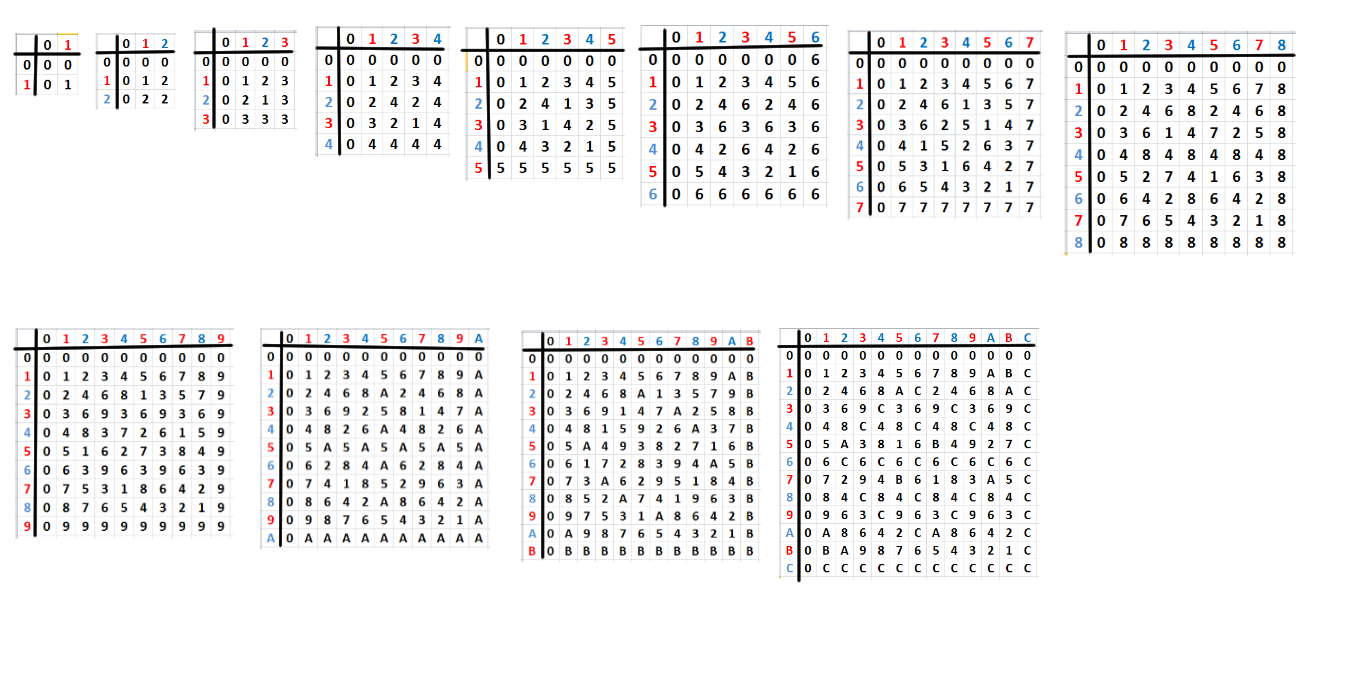
Binary cubitons of completion systems

Multiplication grids of completion systems

Binary cubitons of completion systems

edit on 20-8-2020 by Ahadu because: (no reason given)
edit on 20-8-2020 by Ahadu because: (no reason given)
edit on
20-8-2020 by Ahadu because: (no reason given)
extra DIV C@5/base6
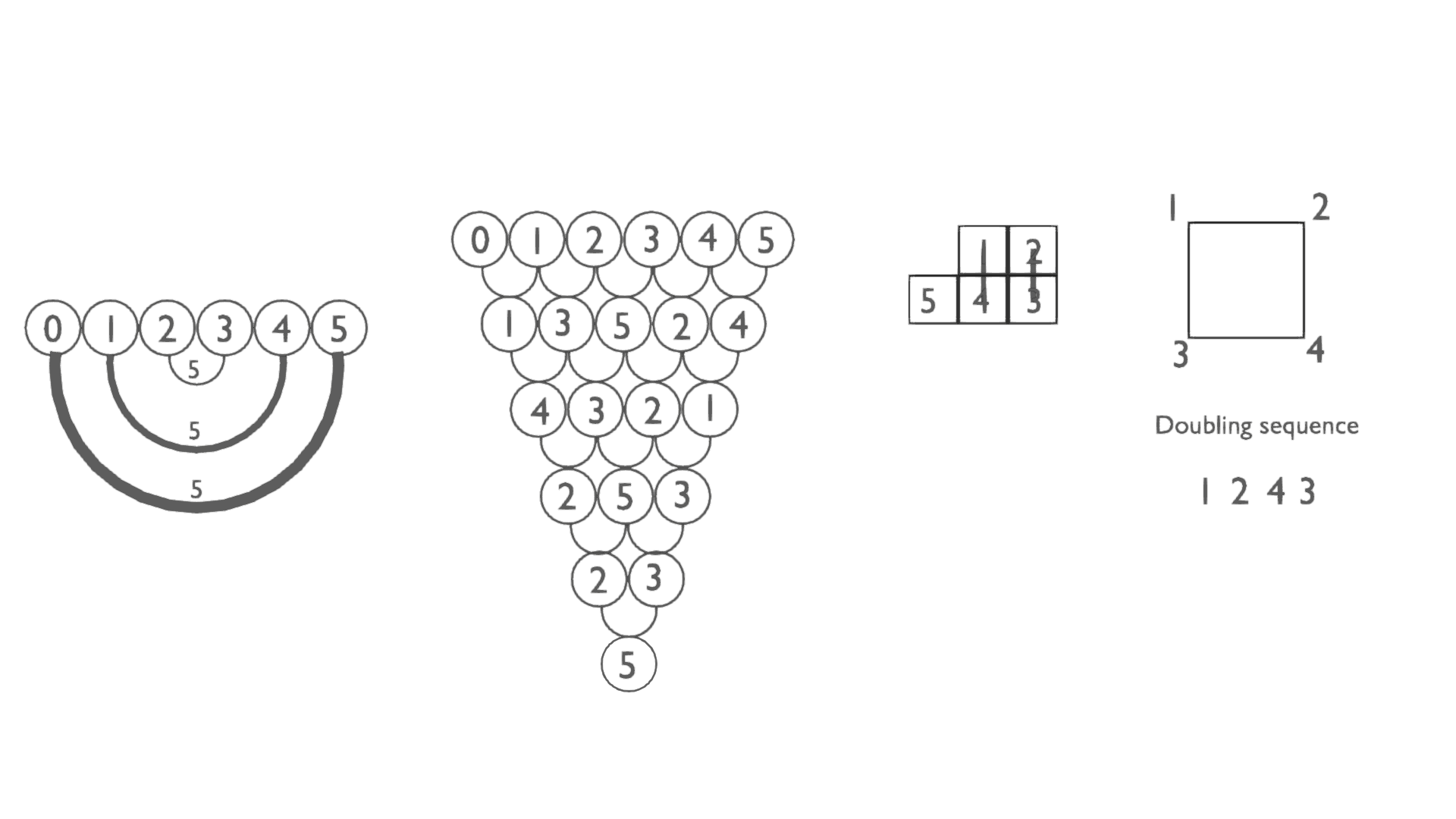
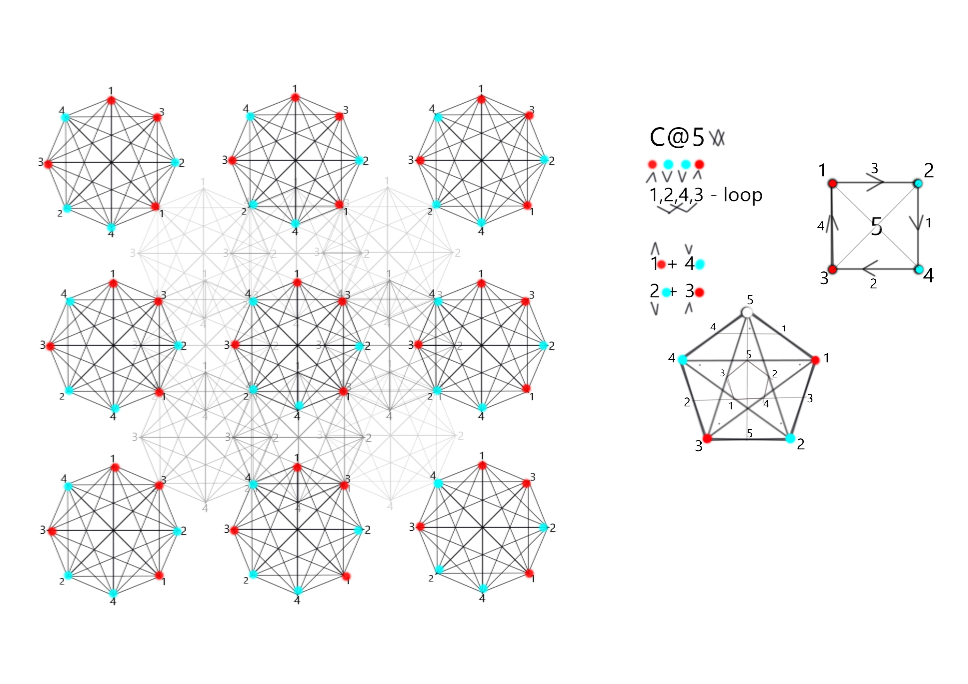
C@B/base12


Multiplication grid of C@a
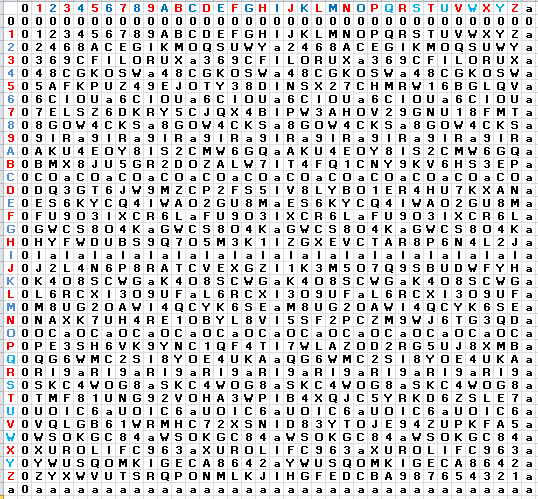
Multiplication grid of C@C
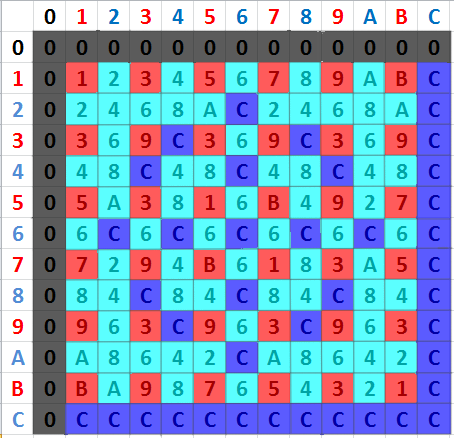


C@B/base12

edit on 22-8-2020 by Ahadu because: (no reason given)

edit on 22-8-2020 by Ahadu because: (no reason given)
edit on 22-8-2020 by Ahadu because: (no reason given)
Multiplication grid of C@a

Multiplication grid of C@C

edit on 22-8-2020 by Ahadu because: (no reason given)
originally posted by: Ahadu
*Quarks can be interchanged with numbers in C@9/ base10 to better analyse the system.
*Where 9 will be represening the center/origin or the whole system.
*And the other numbers (one to eight)representing the elements/quarks/charges that make the whole.
*The binary cubiton/geometry of C@9 system is a 3d cube
*3 and 6 being the spin axis /proton and neutron
(other completons can also be the spin axis)
- Proton (1) is made up of 3 charges of quarks ,DUD
-Neutron (0) is made up of 3 charges of quarks ,UDU
edit on 22-8-2020 by Ahadu because: (no reason given)
originally posted by: scraedtosleep
a reply to: Ahadu
To smart for me.
Probobly to smart for most of us here.
Could you dumb it down ?
Lol
Male and female are poles(emitter and receiver)
Completons are poles of the same species(eg. Humans)
Completion is like sex resulting in possible conception.
edit on 22-8-2020 by Ahadu because: (no reason given)
originally posted by: Degradation33
a reply to: Ahadu
But the numbers/colors lining up fall apart when you expand past a sum greater than 7 because you're in base 8.
It works for C@9/base10 if you assign RGB to the completons 1and8, 2and7 and 4and5
edit on 24-8-2020 by Ahadu because: (no reason
given)
edit on 24-8-2020 by Ahadu because: (no reason given)
new topics
-
Trump picks Gov. Kristi Noem to serve as homeland security secretary
2024 Elections: 4 hours ago -
Elon's Starlink Stole The Election For Trump--Leftist Conspiracy Theorists Charge
General Conspiracies: 7 hours ago -
Speaker Johnson Orders Entire Biden Administration to Preserve and Retain All Records - Documents
US Political Madness: 7 hours ago -
Resident Plane enthusiasts needed weird noise
General Chit Chat: 10 hours ago
top topics
-
Fired FEMA Employee Says It Was Not ‘Isolated’ Incident: ‘Colossal Event Of Avoidance’
US Political Madness: 13 hours ago, 25 flags -
Speaker Johnson Orders Entire Biden Administration to Preserve and Retain All Records - Documents
US Political Madness: 7 hours ago, 17 flags -
Elon's Starlink Stole The Election For Trump--Leftist Conspiracy Theorists Charge
General Conspiracies: 7 hours ago, 16 flags -
Trump picks Gov. Kristi Noem to serve as homeland security secretary
2024 Elections: 4 hours ago, 11 flags -
Australia has been holding out on us
Music: 13 hours ago, 4 flags -
Resident Plane enthusiasts needed weird noise
General Chit Chat: 10 hours ago, 4 flags
active topics
-
Otherworldly wreckage found on Mars…
Space Exploration • 38 • : Wookiep -
President-Elect Donald Trump will Meet with Coup-Victim JOE BIDEN on Wed 11.13.2024.
2024 Elections • 19 • : tomeville -
President-Elect DONALD TRUMP's 2nd-Term Administration Takes Shape.
Political Ideology • 133 • : WeMustCare -
Elon's Starlink Stole The Election For Trump--Leftist Conspiracy Theorists Charge
General Conspiracies • 26 • : Dalamax -
Speaker Johnson Orders Entire Biden Administration to Preserve and Retain All Records - Documents
US Political Madness • 22 • : Dalamax -
Diddy Arrested in NYC After Grand Jury Indictment
Other Current Events • 16 • : WeMustCare -
Trump picks Gov. Kristi Noem to serve as homeland security secretary
2024 Elections • 12 • : WeMustCare -
Australia has been holding out on us
Music • 5 • : Dalamax -
Your Opinion ... 2nd assassination attempt ... the shooter was a ... ????
Political Conspiracies • 277 • : Therealbeverage -
Will Biden Step Down
US Political Madness • 48 • : Therealbeverage

